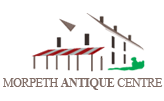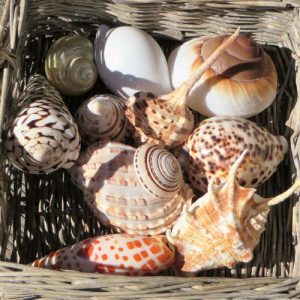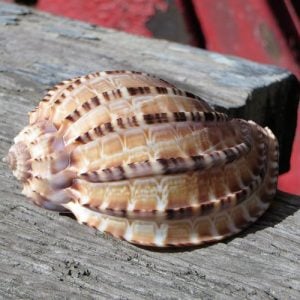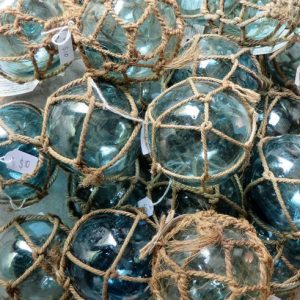German Charity Badge Duo – Air Sport League
$30.00
1 in stock
Description
The badge on the right is a Winter Charity Relief pin that was gifted to raise funds for the DLV, Deutscher Luftsportverband or the German Air Sport League. The gold pin measures around 1.5cm length. The DLV Badge 2.5cm diameter.
DLV Pilots and crew were members of the future Luftwaffe or German Air Force. In the DLV men trained as part of Germany’s expansion in 1933-1937. The group was then disbanded. Many members went into the Luftwaffe or the resurrected NSFK or flying corps and their new emblem was designed around Icarus – Greek mythology’s winged man.
Hitler and the NSDAP (Nazi Party) had taken control of all the existing air sports clubs along with the flying section of the SA & SS. They were combined into the DLV. It was seen publicly as a strictly civilian aircraft and pilot organisation, but pilots and crew members of the future Luftwaffe were trained in the DLV as part of the planned expansion and war into Europe. Many members wore civilian uniform to begin with,but over time they were issued with an eye catching blue/grey uniform. The gull & glider wings were a feature of this uniform.
The German army used airplanes for the first time during WWI. Many air sports clubs formed across Germany to educate enthusiasts and promote the concept of manned flight among the general public through air shows and events. I think the gold pin on the left, may have been a souvenier from one of these shows. I haven’t been able to identify it, but perhaps you can? It is certainly WWII era.
In Nazi Germany the Winterhilfswerk (Winter Charity Campaign, or WHW) collection campaigns took place each Winter and raised a great deal of money for charitable purposes. It was common place for those who collected the contributions to give donors a small memento to show appreciation for their contribution, and by wearing the memento, it was obvious the donor had contributed money. One usually parted with a few Pfennigs.
There were many campaigns connected with the WHW each year at the national level and at the Gau or state level. Each month from October through March, the money collected was set aside to help those who were hungry or cold. Badges were made in series, the idea being you kept donating to collect a whole series. Series of badges only lasted for up to a week, meaning an individual was encouraged to make a donation every day.
‘Can rattlers’ or ‘brown shirts’ wandered through busy streets, pubs and restaurants at meal times collecting donations. Businesses were encouraged to donate a monthly amount and received a sticker or poster for their shopfront window, so they could display it for all to see they were ‘doing their part’ for charity and the war effort.
The Abzeichen or mementos given to contributors to these and other charity campaigns in Third Reich Germany varied widely from flowers to metal badges, but most were simple enough to be manufactured at home by unemployed hand crafters or by very small enterprises, what we’d call cottage industry.
Some WHW mementos are superb pieces of art and others are very simple. Some include semi precious stones, others beautifully embroidered. They were plastic, metal, wooden, fabric, glass pottery and porcelain. All have been collected since the day they were made and are sought after today.
As well as WHW badges, postcards, stamps, first day covers and propaganda booklets were gifted for a donation.
Tinnies were also purchased to support the war effort & were often souveniers of events such as Rallies, Sports Festivals, Public Holidays and groups – navy, infantry, airforce, returned soldiers, youth, guilds etc…






